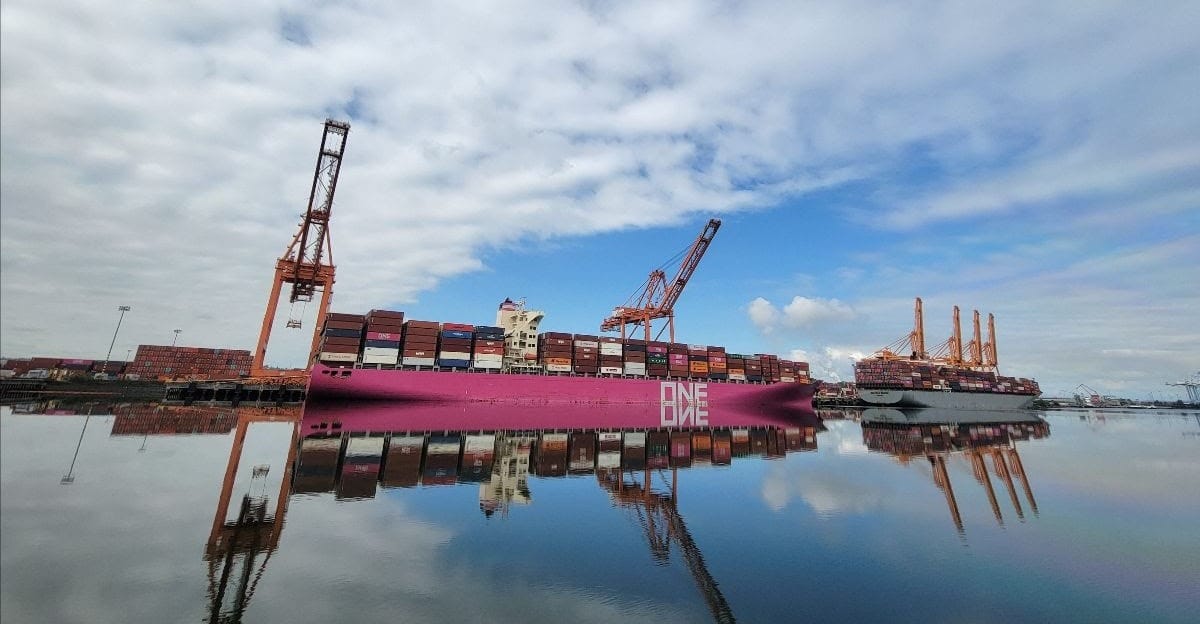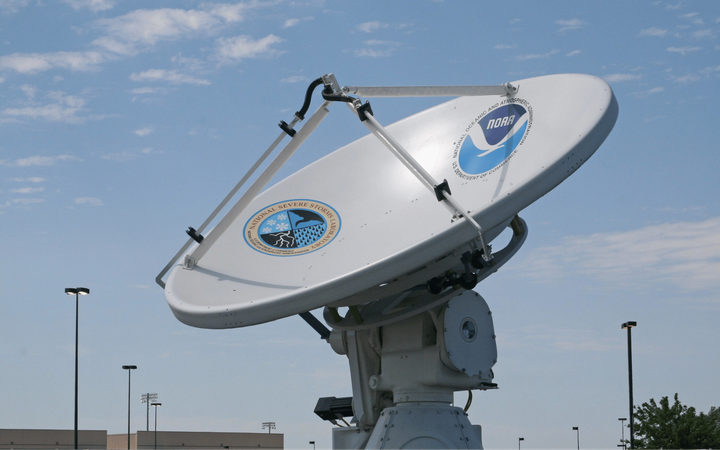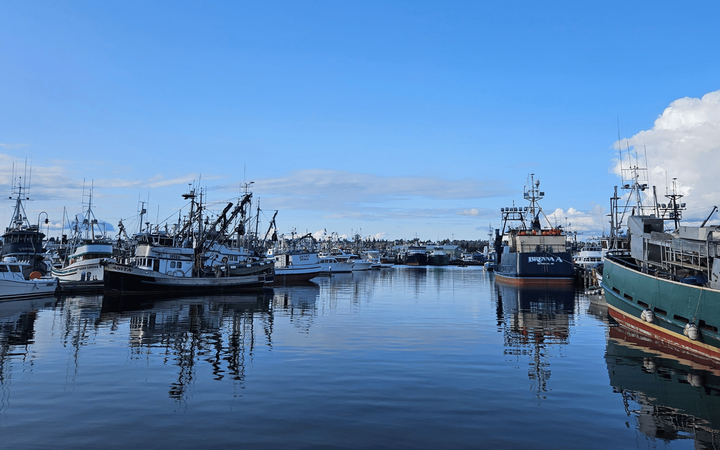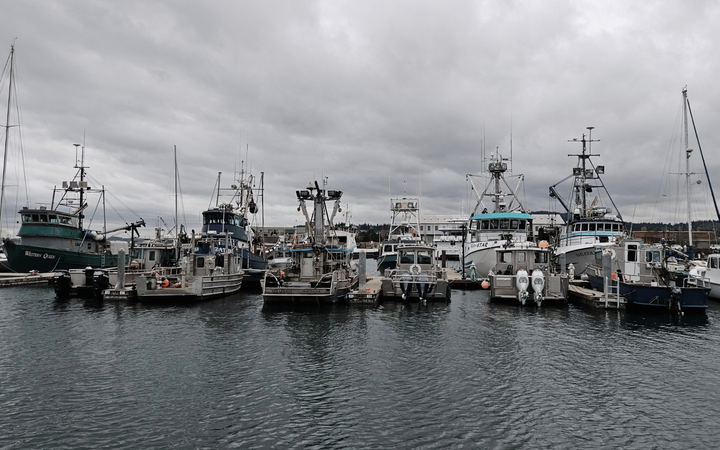Seattle and Tacoma are both seeking deeper harbors
Only a few ports can accommodate the largest of containerships, creating both problems and opportunities.

The ports of Seattle and Tacoma, partners in the Northwest Seaport Alliance, are both working towards deepening their respective harbors to accommodate ultra-large containerships.
"The shipping industry is rapidly increasing the size of ships to realize savings through economies of scale," according to the Port of Tacoma's project description. Seattle and Tacoma are not alone in this quest to keep up with rapidly growing containerships. A limited number of ports can accommodate the largest of containerships, creating both problems and opportunities.
It may be years before either port achieves these XL dreams. A preliminary 2012 report set the Port of Seattle and U.S. Army Corps of Engineers (USACE) on a multi-year feasibility study resulting in approval for Seattle's harbor deepening project in 2018.
As of this month, the port is still working with USACE to sign a design agreement. Port of Seattle Media Officer Peter McGraw said this agreement outlines how the two entities will partner on the pre-construction, engineering and design phases. The Port of Seattle is committing to cover 50% of the cost.
In 2018, when the project initially got the USACE's "OK" and made headlines, KUOW reported that "port officials hope to have the harbor deepened by 2024." Without the design agreement in place or a major funding announcement, that target date seems unlikely.
About 25 nautical miles south, the Port of Tacoma's project is inching forward. The 2022 Water Resources Development Act signed in December authorizes $140 million in federal funding to proceed with deepening Tacoma's Blair Waterway.
Once underway, these project will move millions of cubic yards of "dredged material" aka "whatever is on the bottom." USACE is still investigating the options for where to relocate all of this material, some of which is contaminated.
Why it's on my radar: Beyond the ultra-large capital improvements, what other impacts might these ultra-large containerships have on the region? From vessel traffic to shoreside capacity to environmental considerations such as protecting whales and fragile shorelines.
Extra-large containerships are also more vulnerable to heavy weather. Will this trend lead to an increase in containers going overboard and the resulting debris? And what will the shipping industry look like by the time these projects are complete?
Related: The Port of Long Beach will also deepen its channel. And to learn how "sea cans" came to dominate shipping, check out Hakai Magazine's The Rise of the Shipping Container.



